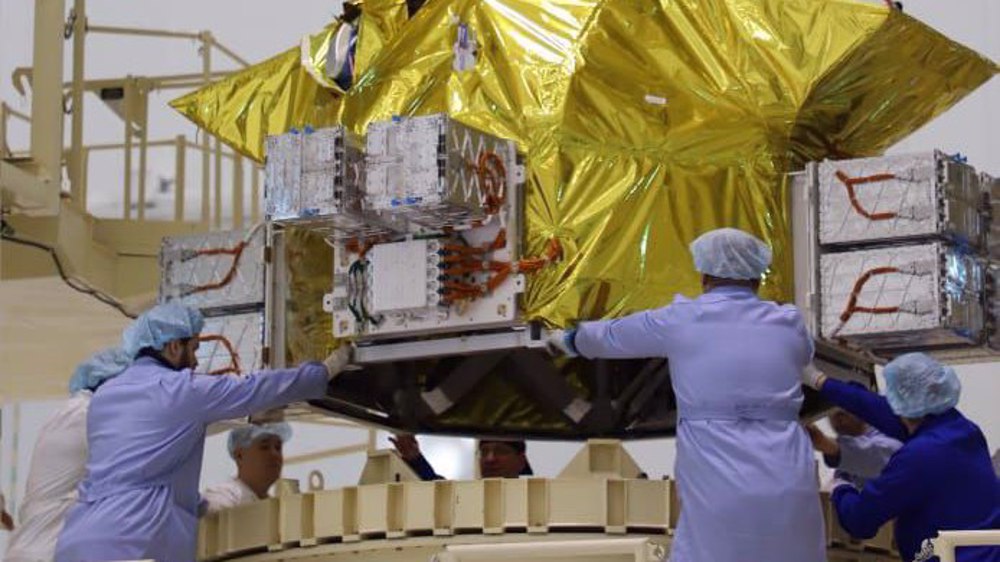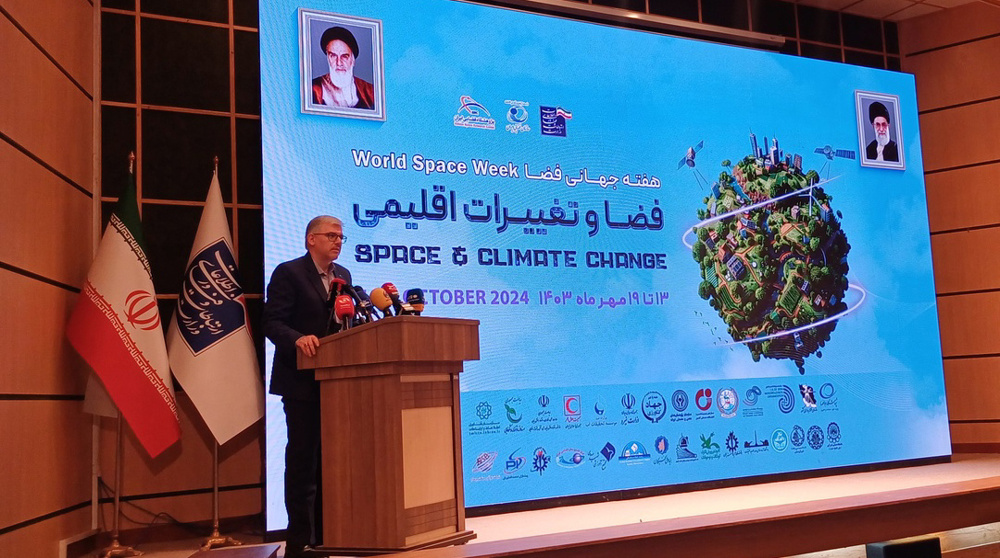Robot dolphin could replace captive animals at theme parks
The company behind animatronics used for Hollywood blockbusters like ‘Free Willy,’ ‘Deep Blue Sea,’ and ‘The Abyss’ is hoping its technology will transform marine parks for years to come by providing an alternative to live animals captured, bred, trained, and held in captivity.
Design and engineering company Edge Innovations has been a film industry regular since the early 90s, but as movie makers increasingly turn to computer-generated images, Edge has shifted focus to theme parks.
This summer it was reported that Edge's animatronic hyper-realistic dolphins would find a home in marine parks currently being built in China, instead of live captured dolphins.
It's an area where the company sees huge potential.
"There are like 3,000 dolphins currently in captivity being used to generate several billions of dollars just for dolphin experiences. And so there's obviously an appetite to love and learn about dolphins. And so we want to use that appetite and offer kind of different ways to fall in love with the dolphin," says Edge Innovations founder and CEO Walt Conti.
A move to animatronics, including beyond traditional dolphin acrobatic shows, may be enough to bring back audiences turned off by parks using lives animals, says Conti, whose team worked with marine biologists to study the physiology of dolphins so that they could best replicate the animal's movements.
Such a move has other incentives as well, says Roger Holzberg creative director for Edge's animatronic program.
"The difference is you don't have to do animal husbandry. You don't have to have breeding programs. You don't have to worry about the safety with human beings," Holzberg says.
At Edge's Hayward, California warehouse, its 550-pound, 8-and-a-half-foot animatronic dolphin with skin made from medical grade silicone headlined an educational pilot program that Edge hopes will be the first of many shows.
Edge partnered with Teach Kind to produce programming centered on animal preservation and animal for schools that can be interactive as well as done remotely due to the ongoing coronavirus pandemic forcing schools to institute distance learning.
"The idea of this pilot is really to create a kind of Sesame Street under water. Those characters taught a generation how to feel about different kinds of aspects of humankind in ways that had never been imagined before. And that's what we dream of with this project," says Holzberg.
During previous demonstrations, Holzberg said kids and adults could hardly tell their dolphin was a robot and not real. It's that kind of wonder that Holzberg believes can inspire young people to learn more about dolphins and many other animals.
Beyond dolphins, Conti and Holzberg both envision animatronic animals in marine parks to include Great White Sharks or even creatures from the Jurassic time period.
(Source: Reuters)
Hamas open to any proposal aiming to end Gaza war: Hamdan
Role of private sector in Iran’s thriving space industry
Four Palestinians killed in Israeli strikes on West Bank
Iran warns of ‘calculated, precise’ response to Israeli aggression
After year-long genocide, Israeli military hires private firms to flatten buildings in Gaza
Malaysia working on resolution to expel Israel from United Nations
Israeli military made no territorial gain in Lebanon: Report
VIDEO | 70 Palestinians killed in Israeli strikes across Gaza Strip









 This makes it easy to access the Press TV website
This makes it easy to access the Press TV website